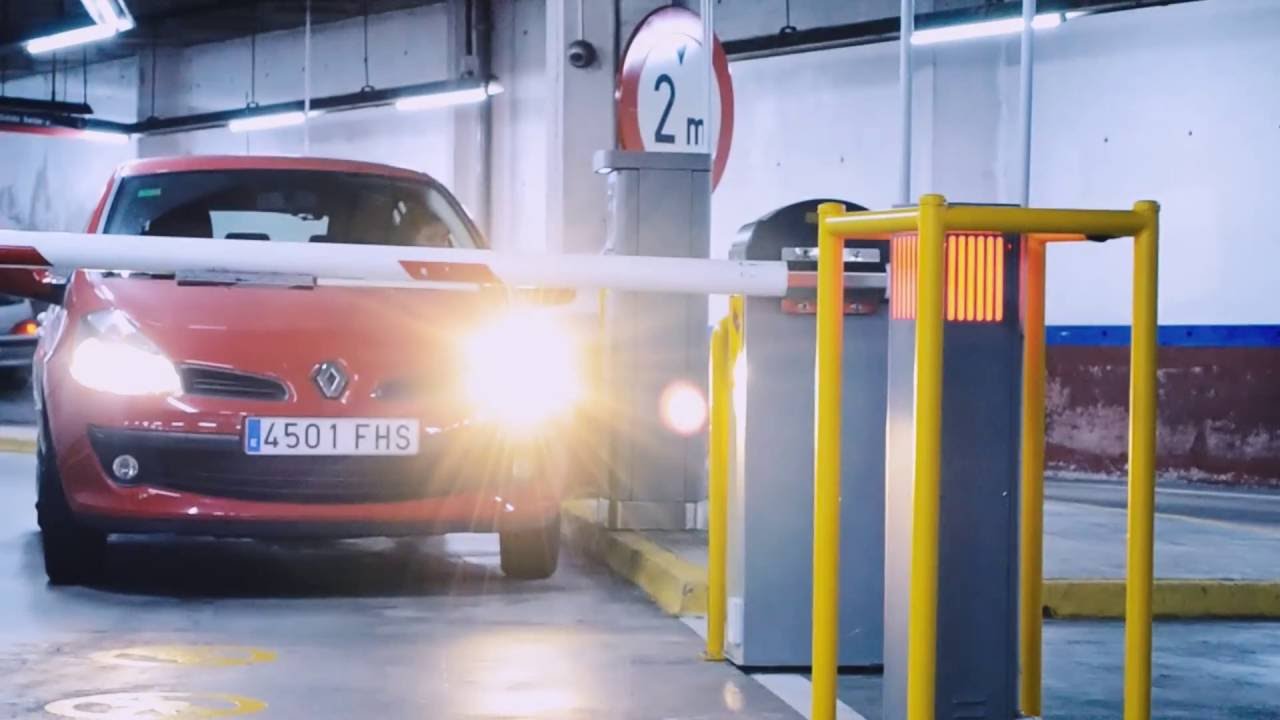Auto LPR Systems: The Silent Workhorse of Modern Access Control
Security at community gates has come a long way. In the past, it relied heavily on manual checks, paper visitor...

Security at community gates has come a long way. In the past, it relied heavily on manual checks, paper visitor logs, and keypads. While these methods got the job done, they were slow, prone to errors, and not always secure.
Today, technology does much of the heavy lifting. One of the most effective tools in modern gate security is the auto LPR system. Short for Automatic License Plate Recognition, this technology uses cameras and software to identify vehicles and decide whether to let them in instantly. An LPR system works quietly in the background. It doesn’t need breaks or supervision. It operates day and night, in rain or sunshine, making it a dependable part of any access control setup.
1. How Auto LPR Works Day to Day
An auto LPR system uses cameras positioned at the gate to capture the license plate of an approaching vehicle. The software compares the plate to an approved list stored in a database. If there’s a match, the gate opens automatically. If not, the system can deny access or alert security staff. This process takes seconds. There’s no need for the driver to stop, roll down a window, or speak to a guard. For residents, that means faster entry. For managers, it means fewer bottlenecks at busy times.
2. Consistent and Accurate Logging
Manual visitor logs can be messy and unreliable: handwriting may be hard to read, and details can be missed during busy periods. An LPR system automatically records every entry and exit with precise timestamps. This creates a clear, searchable record. If there’s ever a security incident, managers can quickly review the log to see exactly when a specific vehicle entered or left. The accuracy of this system reduces disputes and improves accountability.
3. Reducing the Need for Manual Gate Staffing
Hiring guards for every gate can be expensive, especially in large communities. An auto LPR system reduces the need for constant on-site staffing.
Instead of manually checking every vehicle, guards can focus on higher-level tasks such as patrolling, responding to alerts, or assisting visitors. The technology handles the routine work, freeing staff for more important duties.
4. Flexible Access Control Rules
Not all vehicles should have the same access rights. A contractor may only need entry between 9 a.m. and 5 p.m. on weekdays. Event guests may have access for a single weekend.
With an LPR system, rules can be set for each type of visitor. Once those rules are in place, the system enforces them automatically. This level of control helps prevent unauthorized access while still making entry easy for approved visitors.
5. Works in All Conditions
Weather and lighting can affect traditional security checks. At night, a guard may not see a plate clearly. In heavy rain, a driver might avoid rolling down their window.
An auto LPR system uses cameras designed to capture clear images in low-light and poor weather conditions. Infrared technology and high-resolution lenses help make sure that plates are read accurately regardless of the time of day or conditions.
Example: Peak Traffic Management
Imagine a community where residents leave for work between 7 a.m. and 8 a.m. Before installing an auto LPR system, the gate line could stretch down the street. Drivers would wait their turn to enter codes or speak with a guard.
After installation, cars move through almost continuously. The system identifies approved plates instantly and opens the gate without stopping traffic. Delivery vans scheduled for the morning are also pre-approved, keeping the flow steady. Only vehicles not in the database are stopped for manual checks.
Why Property Managers Choose LPR Technology
For property managers, security and efficiency go hand in hand. An auto LPR system offers both. It increases the speed of vehicle entry, keeps a detailed record of traffic, and reduces the cost of manual staffing. Managers can also use the data collected to make better decisions. If reports show that a specific time of day sees the most visitors, staff can be scheduled accordingly. If unauthorized attempts are common, security policies can be adjusted.
Looking Ahead
The use of LPR systems is expected to grow as communities look for ways to enhance security without increasing costs. Integration with mobile apps, visitor management software, and other innovative technologies will make these systems even more valuable.
Final Thought:
In security, reliability matters as much as speed. An automatic LPR system delivers both, making it a smart choice for communities that want to improve safety and streamline daily access.



